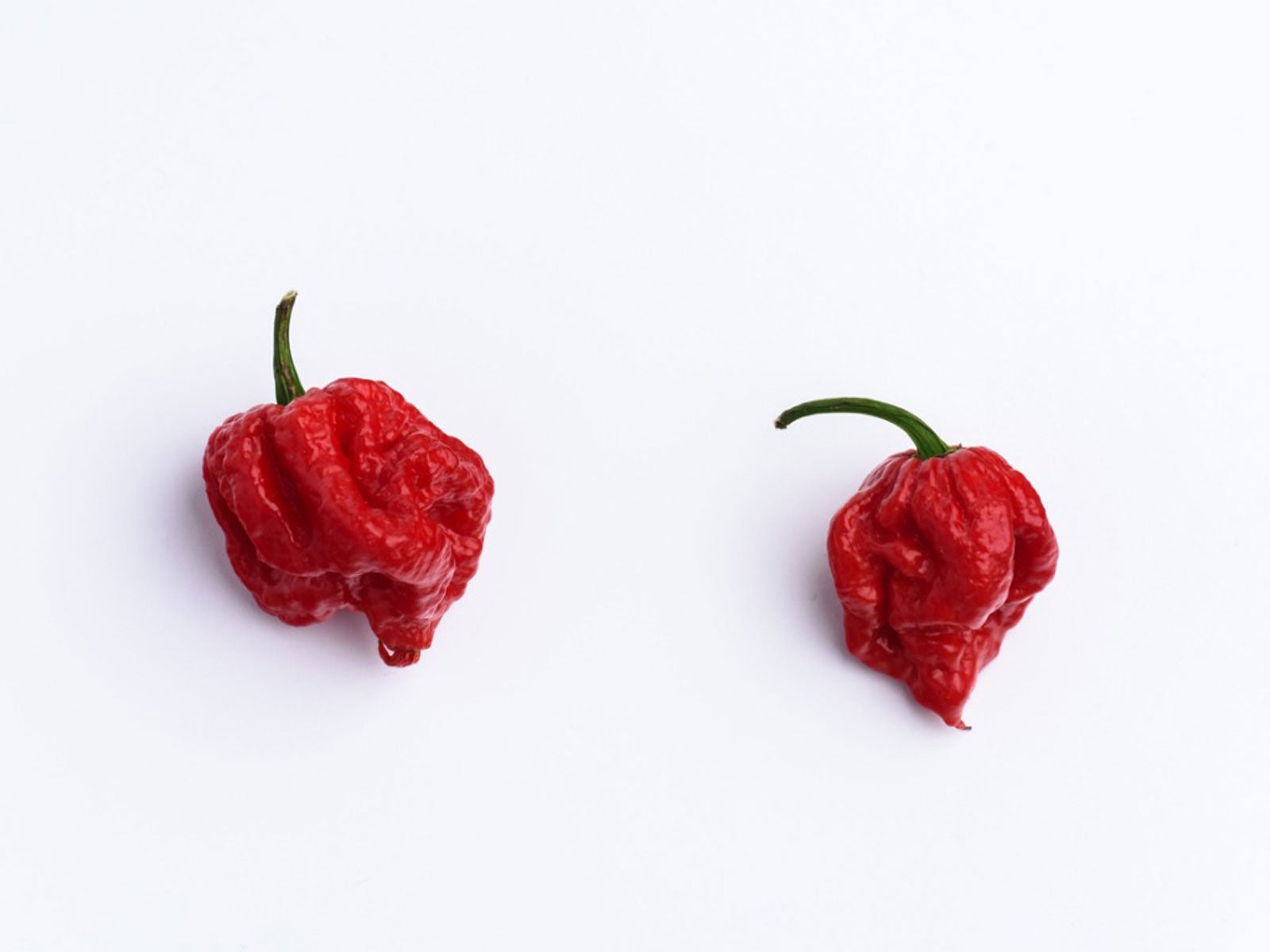World’s Hottest Peppers: How To Grow Carolina Reaper Plants


Start fanning your mouth now because we are going to talk about one of the world's hottest peppers. The Carolina Reaper hot pepper scores so high on the Scoville heat unit ranking that it outstripped other peppers two times in the last decade. This is a not a hardy plant, so some tips on how to grow Carolina Reaper can help you get a harvest before the cold season hits.
Carolina Reaper Hot Pepper
Fans of hot, spicy food should try growing Carolina Reaper. It is considered the hottest pepper by the Guinness Book of World Records, although there is a rumored contender by the name of Dragon's Breath. Even if Carolina Reaper isn't the record holder anymore, it is still plenty spicy enough to cause contact burns, chili burn, and should be used with caution.
The Carolina Reaper is a cross between the well-known ghost pepper and red habanero. The Winthrop University in South Carolina was the testing location. The highest Scoville units measured were over 2.2 million, the average is 1,641,000.
The sweet, fruity flavor initially is unusual in hot peppers. The fruit pods are an unusual shape as well. They are chubby, red little fruits with a scorpion-like tail. The skin may be smooth or have small, pimply bumps all over. The plant also can be found with fruit in yellow, peach, and chocolate.
Starting the World's Hottest Peppers
If you are a glutton for punishment or just like a challenge, by now you are thinking you've got to try growing Carolina Reaper. The pepper is no harder to grow than any other pepper plant, but it needs an extremely long growing season and, in most cases, must be started inside well before planting out.
The plant takes 90 to 100 days to maturity and should be started indoors at least six weeks before planting outside. Also, germination can be very slow and take up to two weeks before you see a sprout.
Use well-draining, light soil with a pH range of 6 to 6.5. Plant seeds shallowly with just a bit of soil dusted over them and then water evenly.
Sign up for the Gardening Know How newsletter today and receive a free copy of our e-book "How to Grow Delicious Tomatoes".
How to Grow Carolina Reaper Outside
A week or two before transplanting outside, harden seedlings off by gradually exposing them to outdoor conditions. Prepare a bed by tilling deeply, incorporating plenty of organic matter and ensuring good drainage.
These peppers need full sun and can go outdoors once temperatures during the day are at least 70 degrees F. (20 C.) by day and no lower than 50 degrees F. (10 C.) at night.
Keep soil evenly moist but not soggy. Feed the plants fish emulsion diluted for the first few weeks, weekly. Apply magnesium monthly either with Epsom salts or with a Cal-mag spray. Use a fertilizer like a 10-30-20 once a month as soon as buds start to appear.

Bonnie Grant is a professional landscaper with a Certification in Urban Gardening. She has been gardening and writing for 15 years. A former professional chef, she has a passion for edible landscaping.